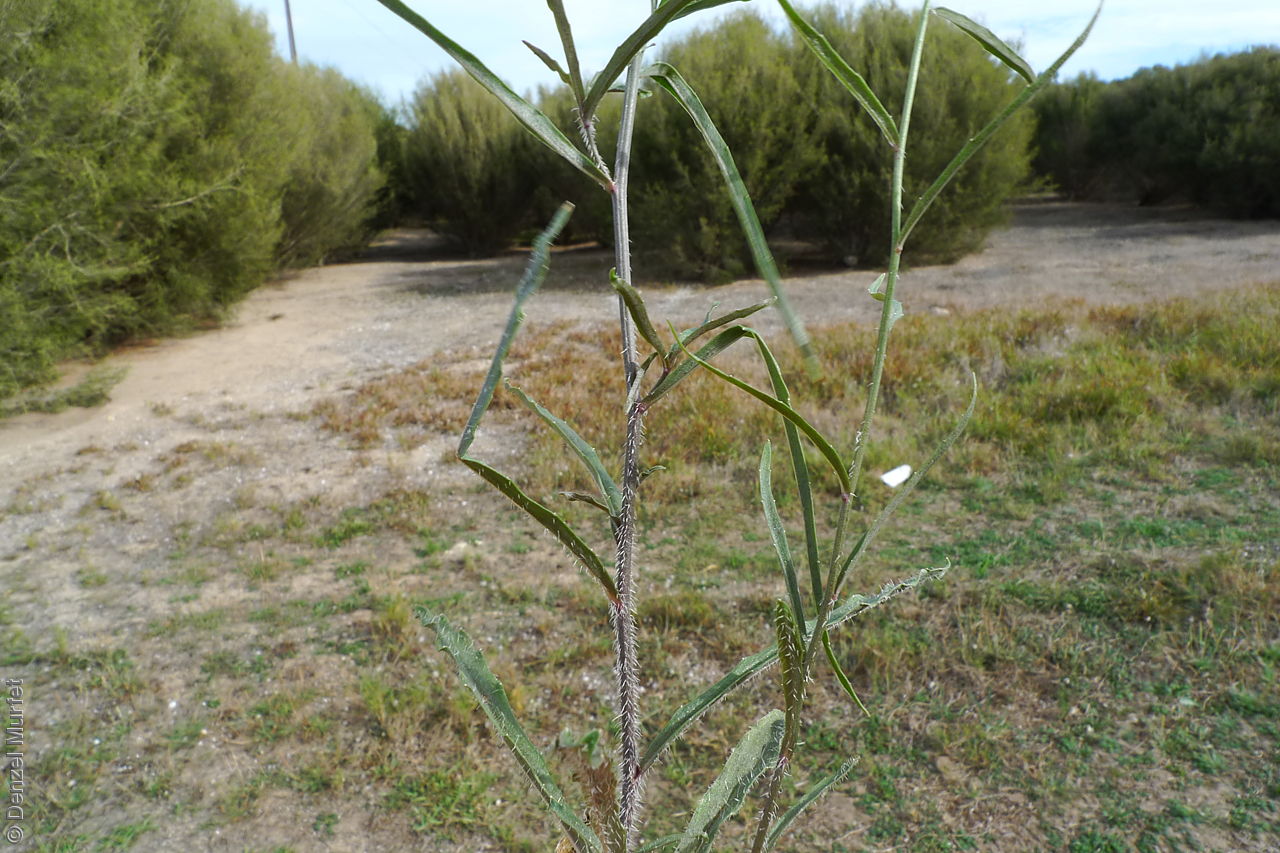
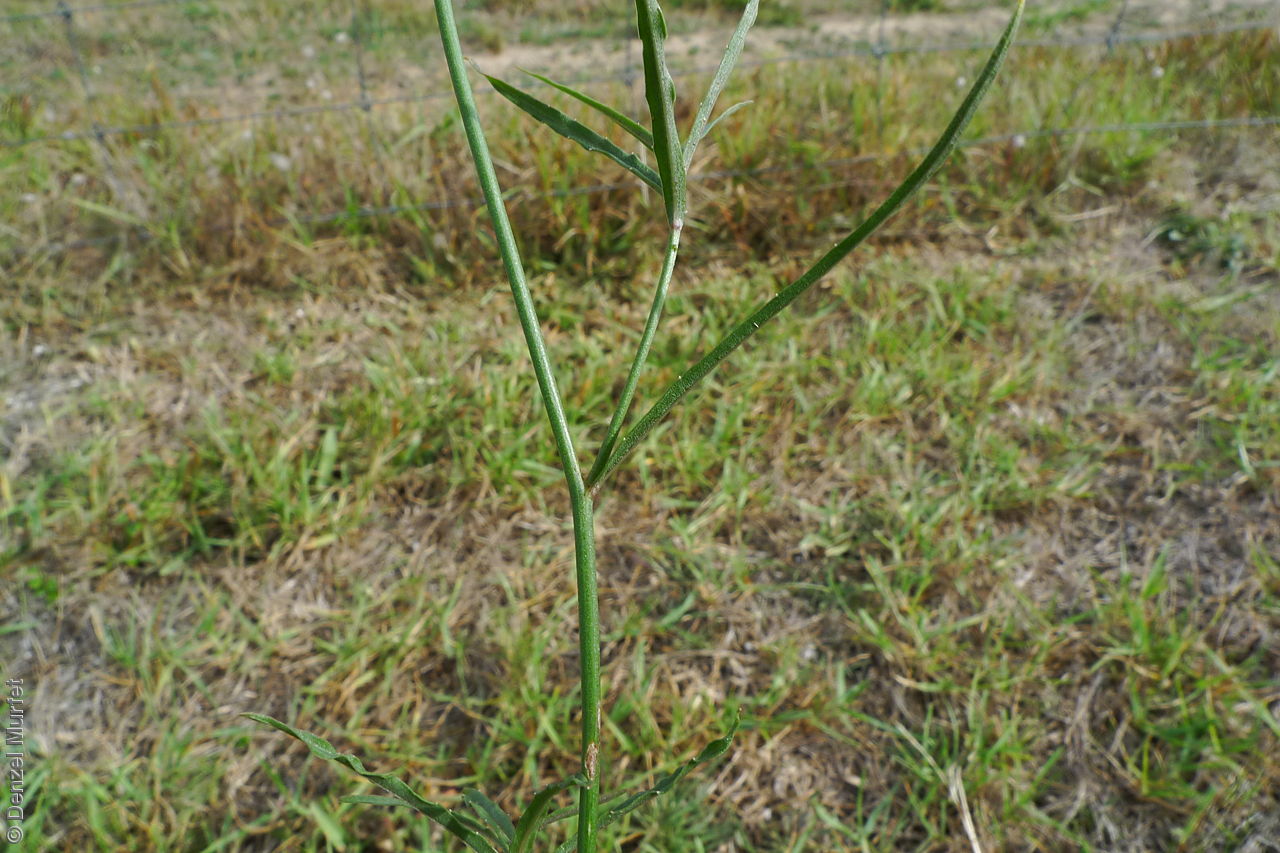
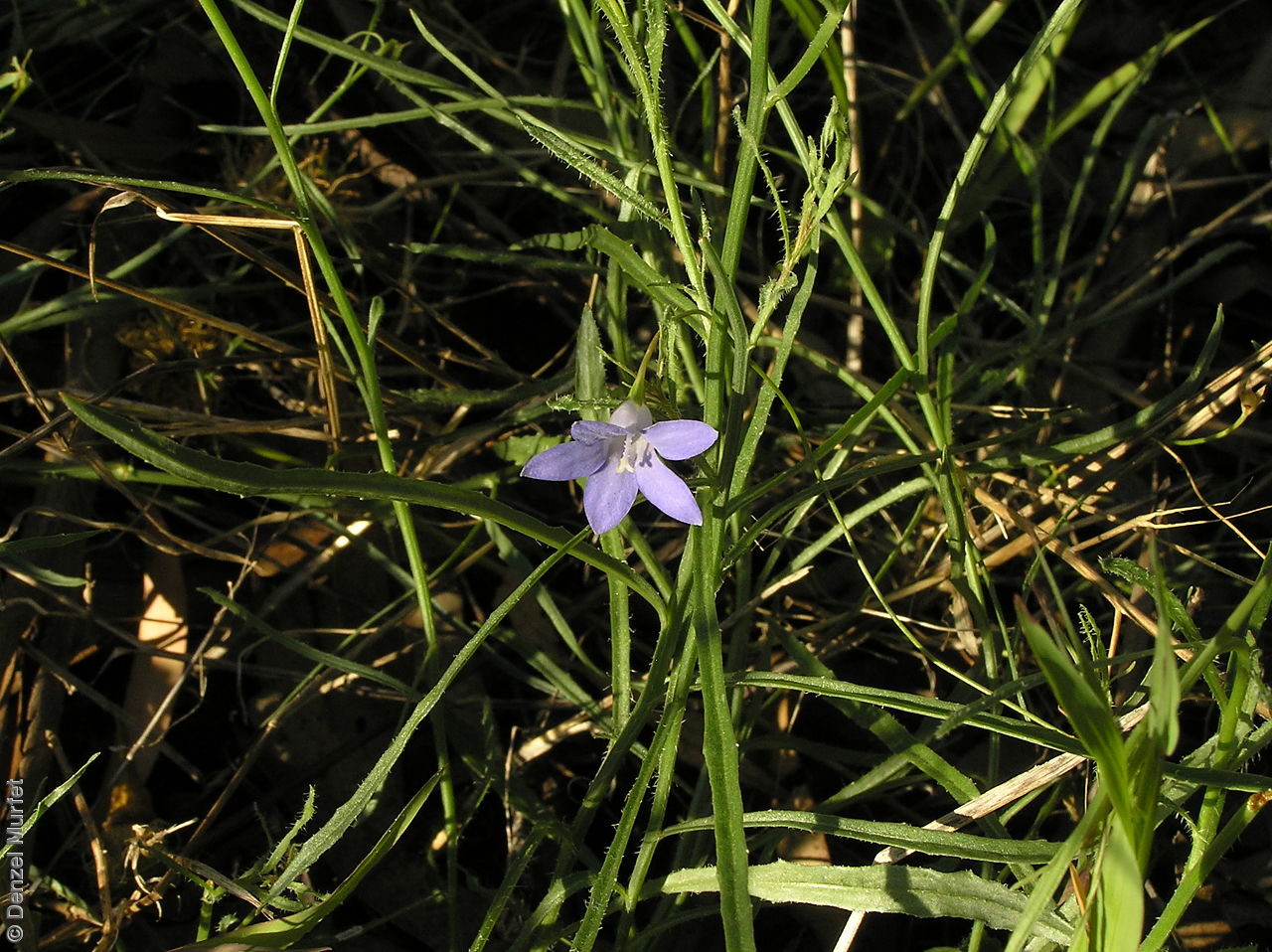
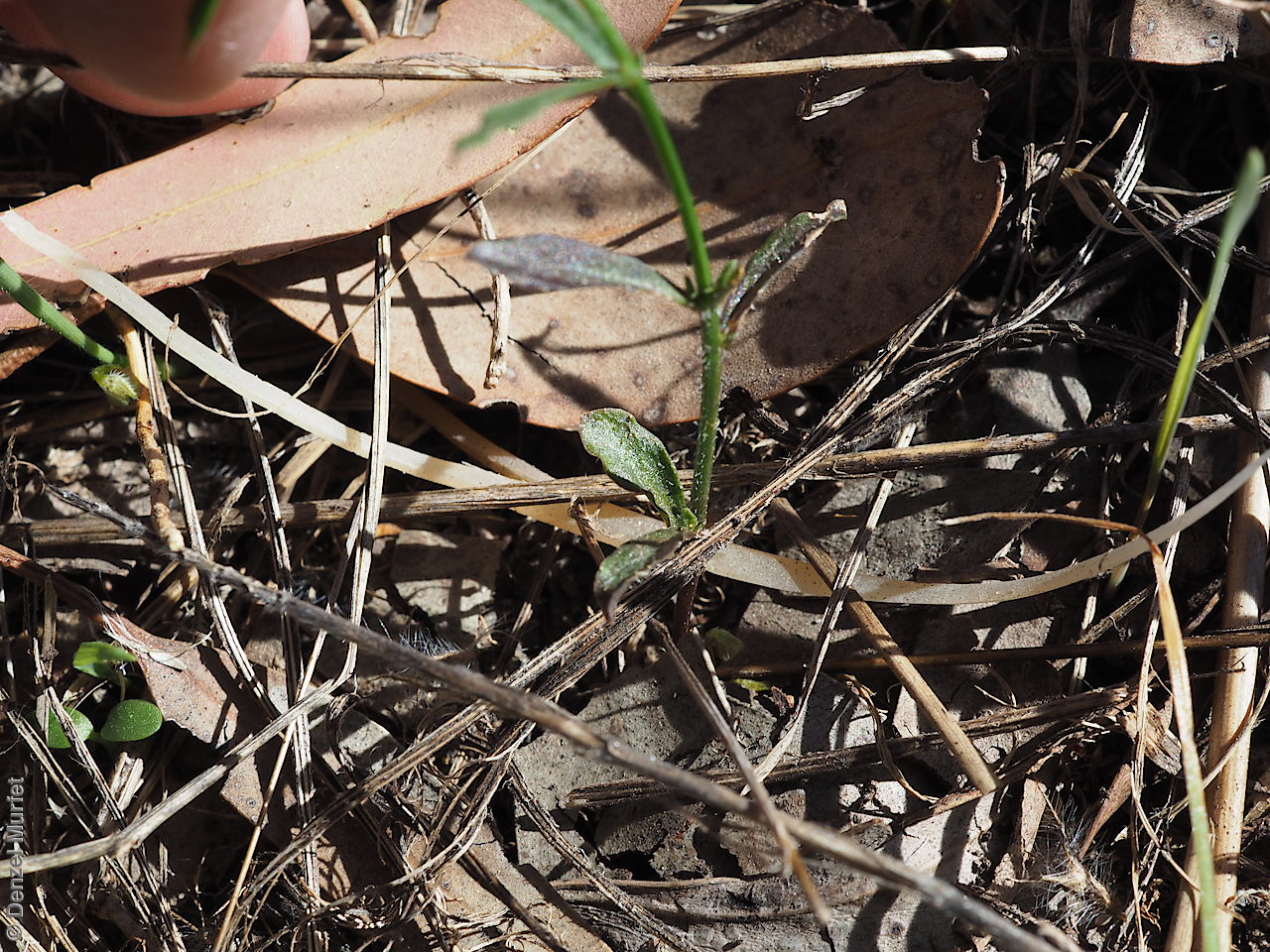
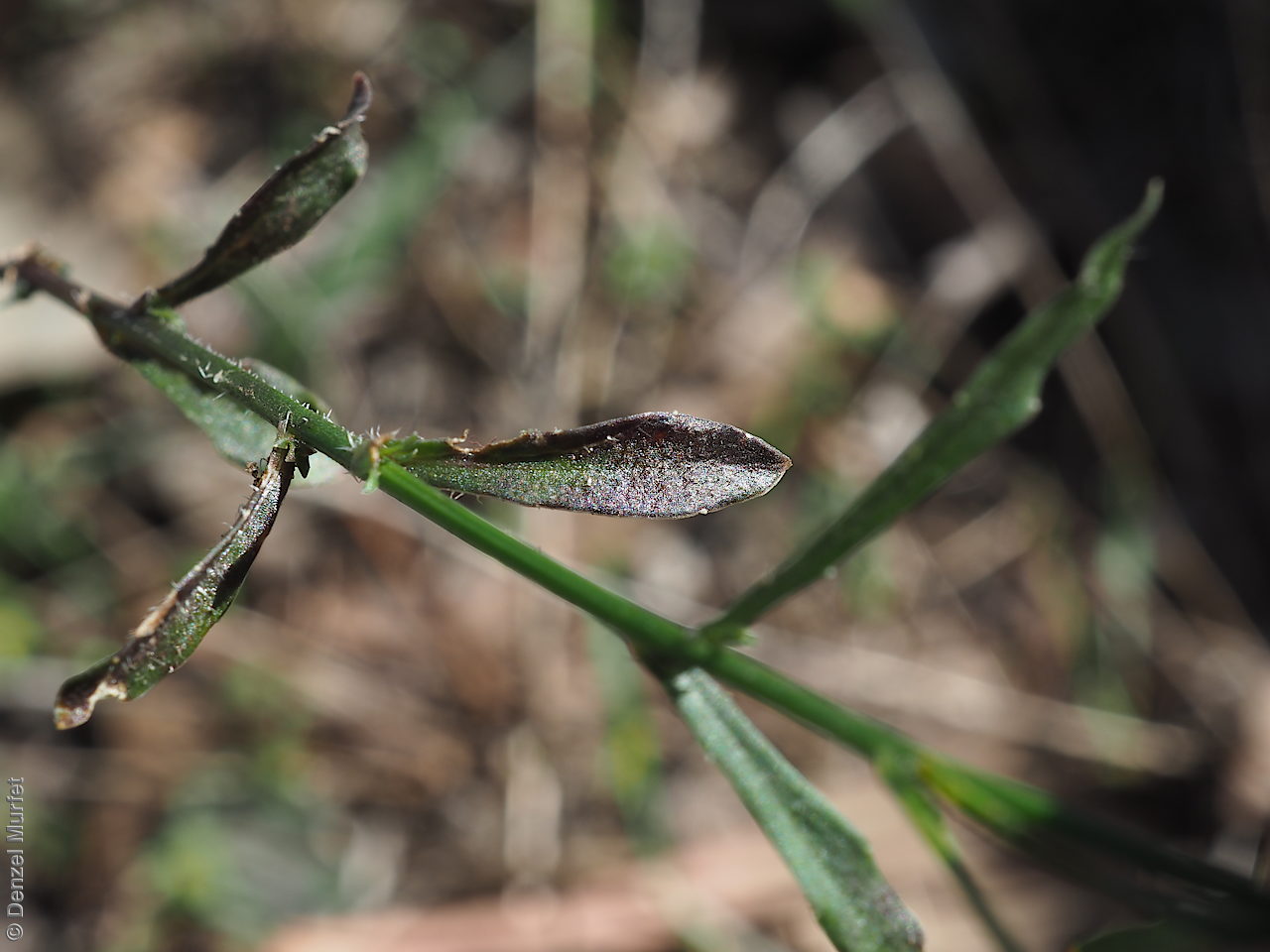
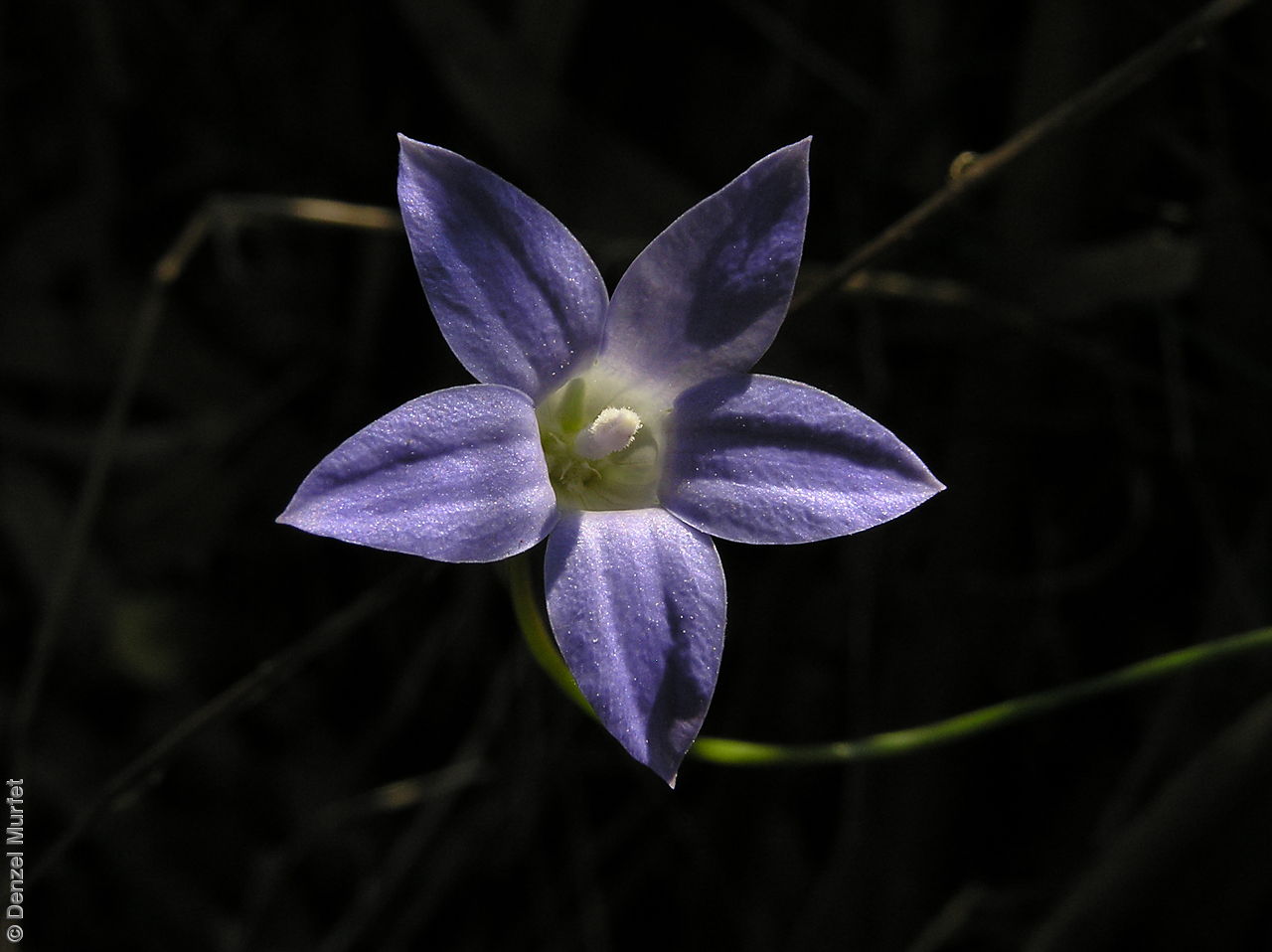
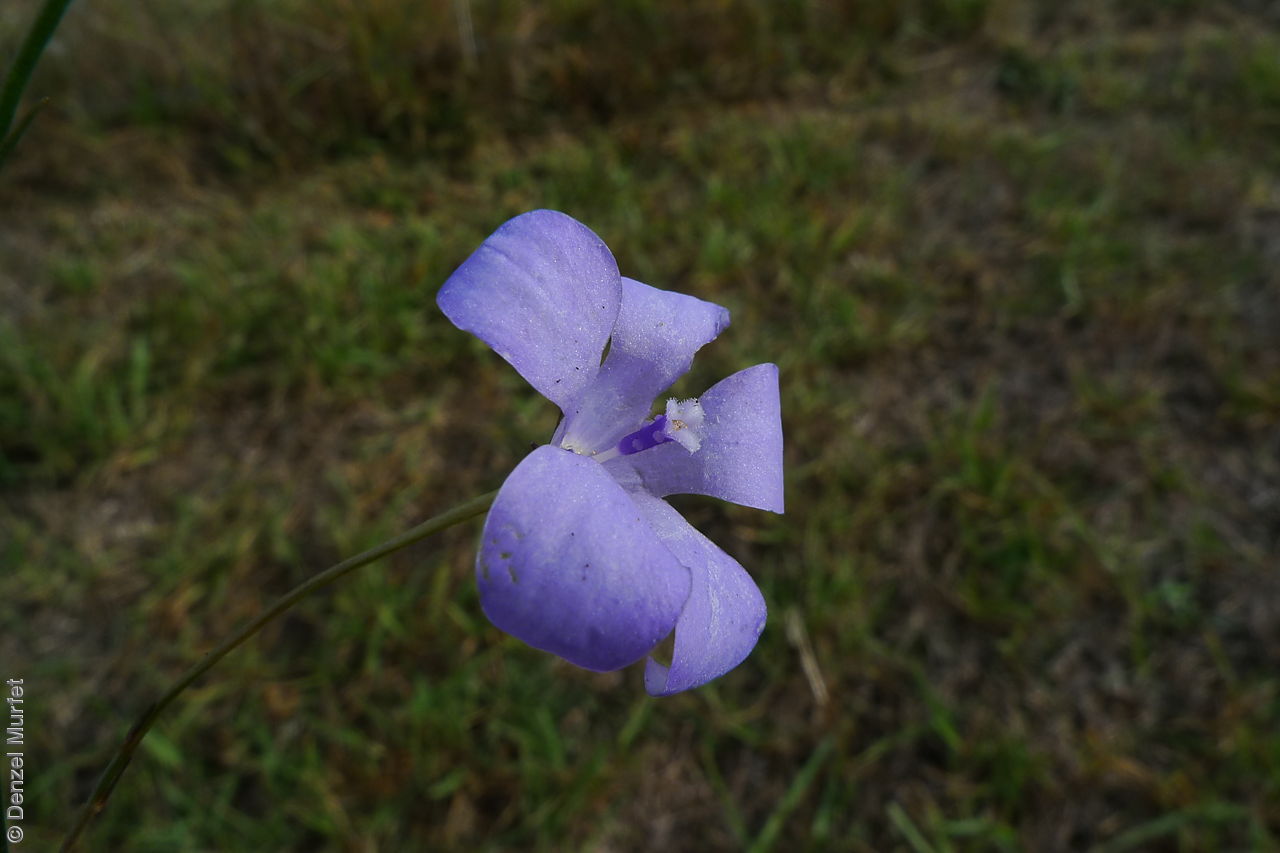
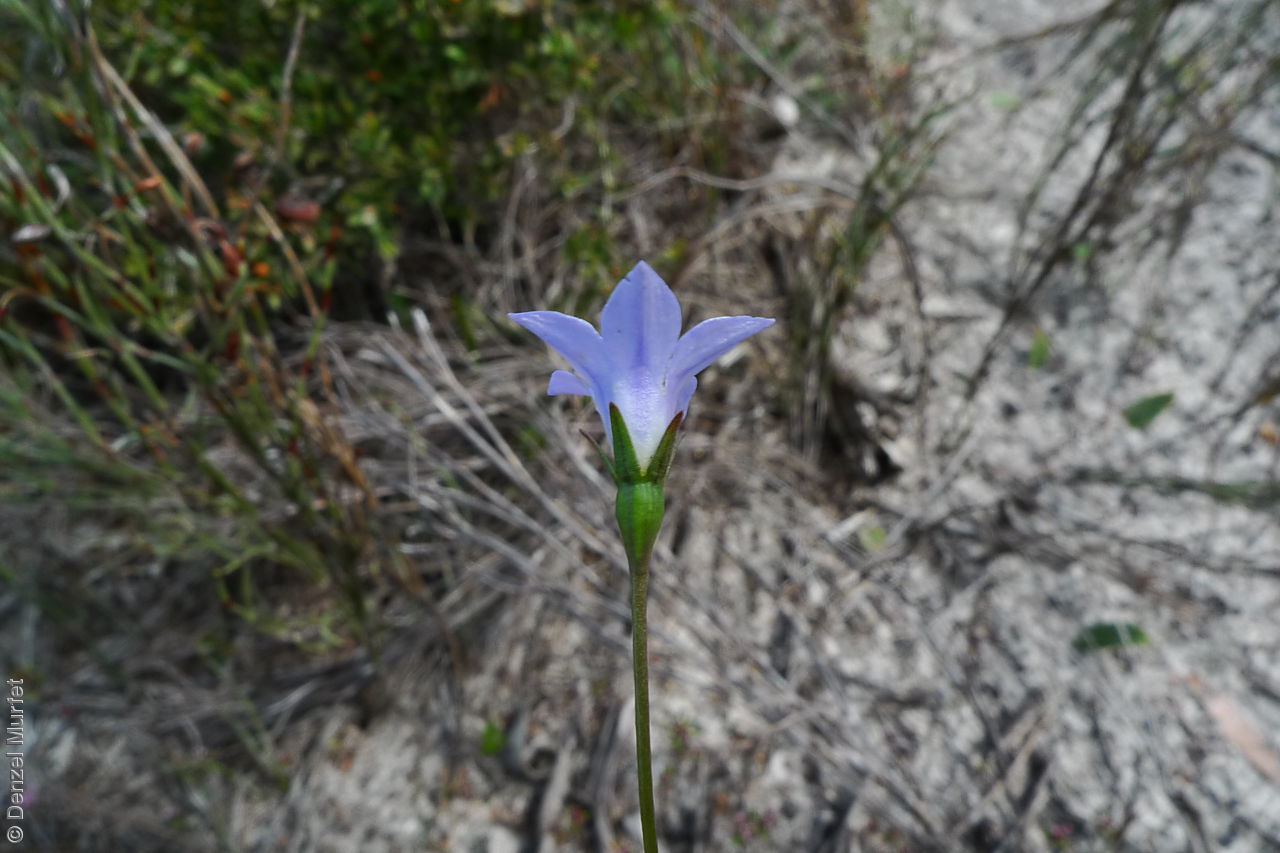
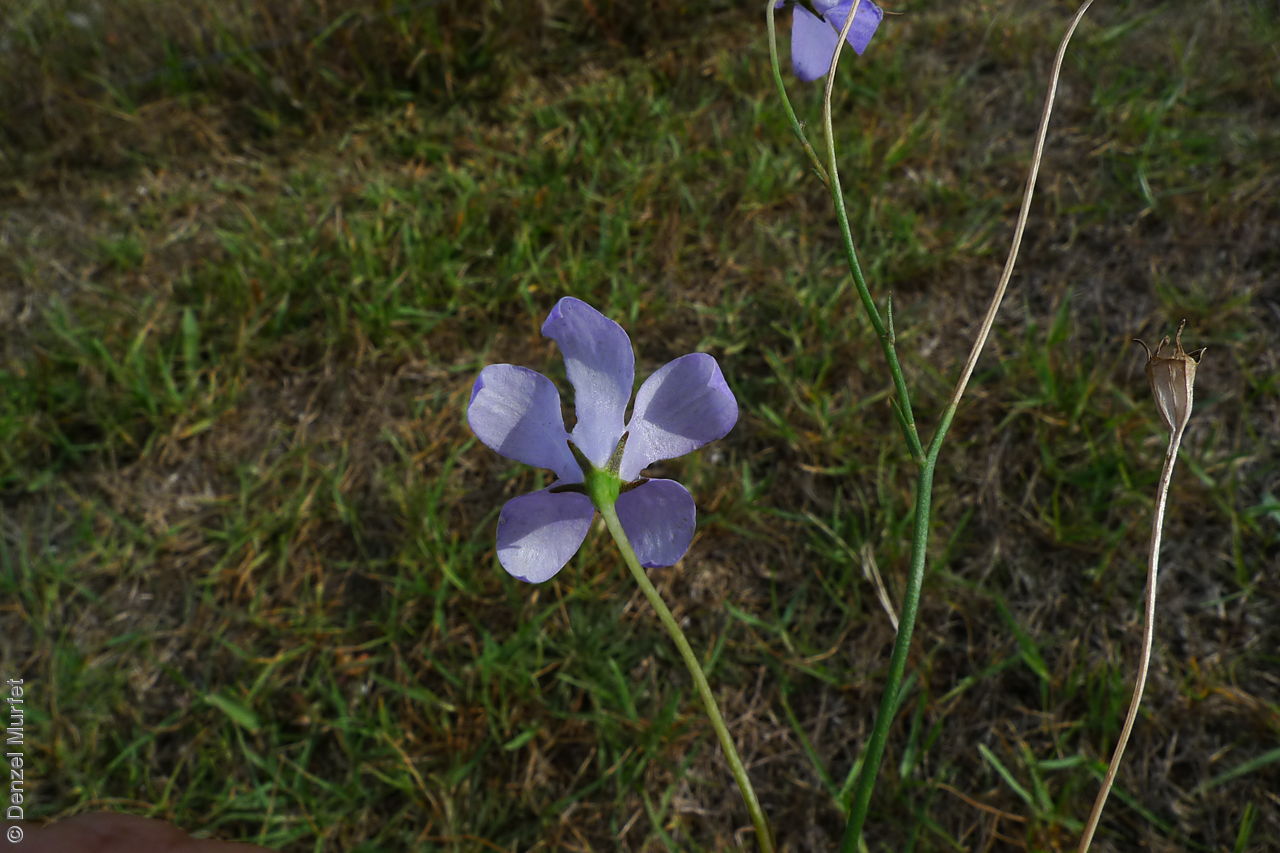

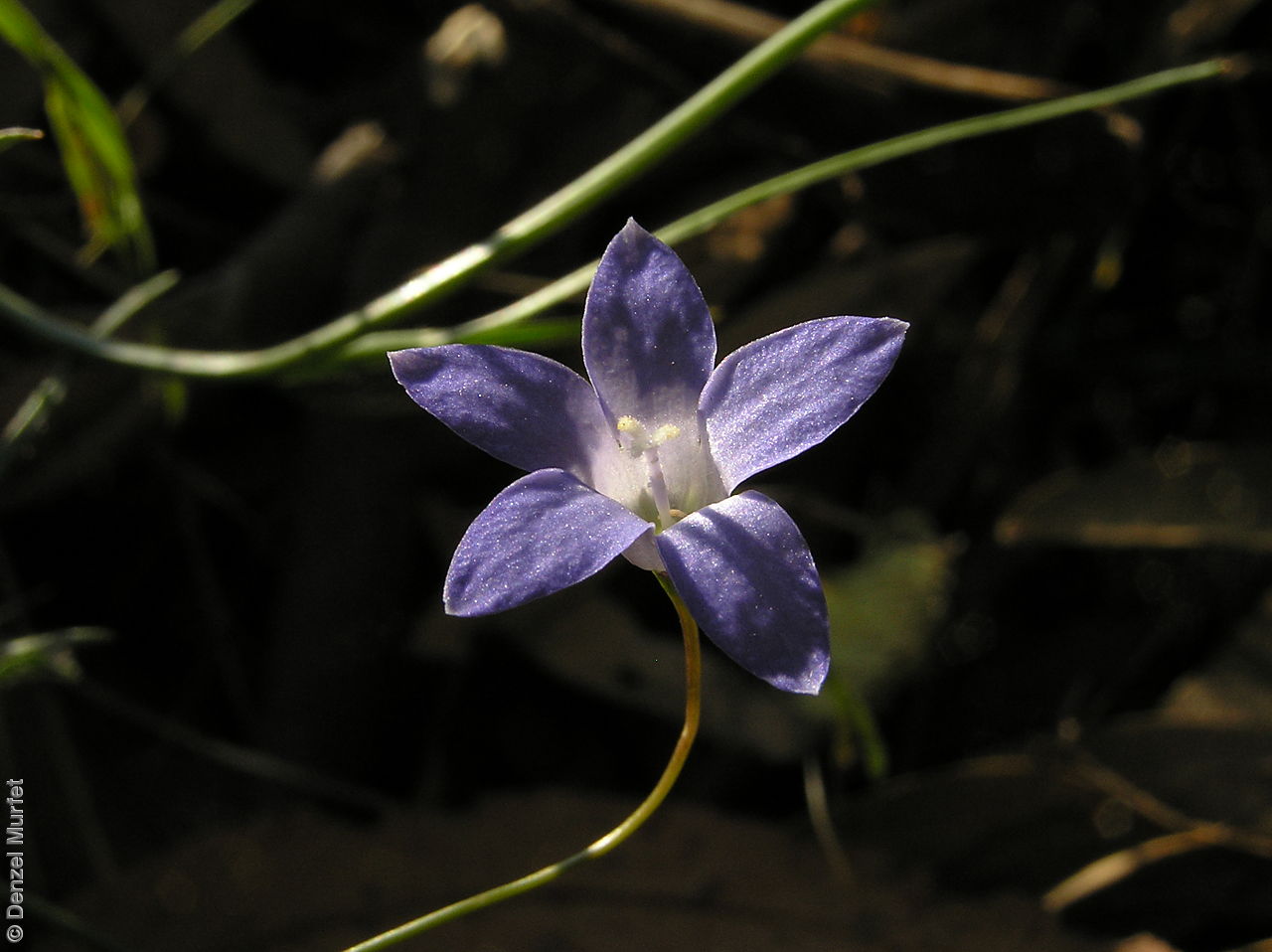
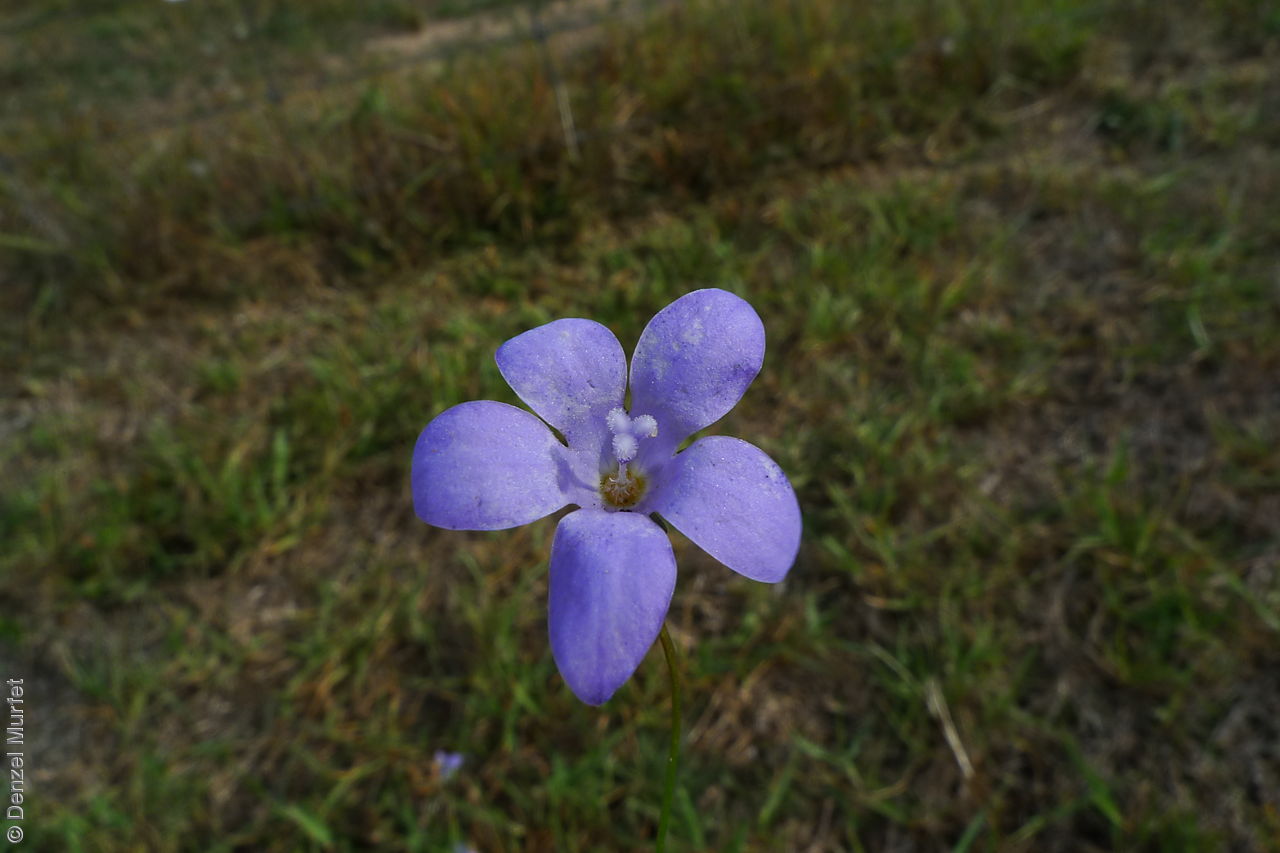

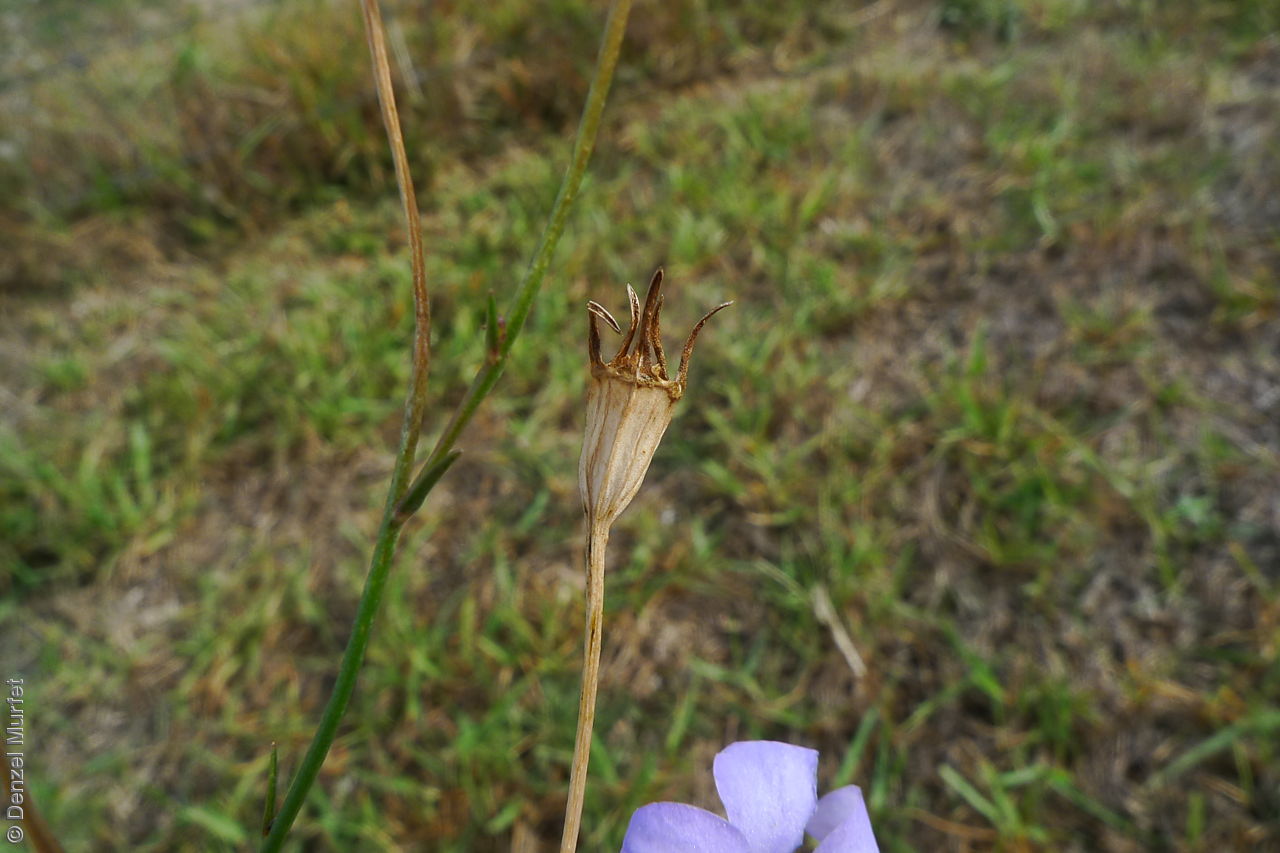
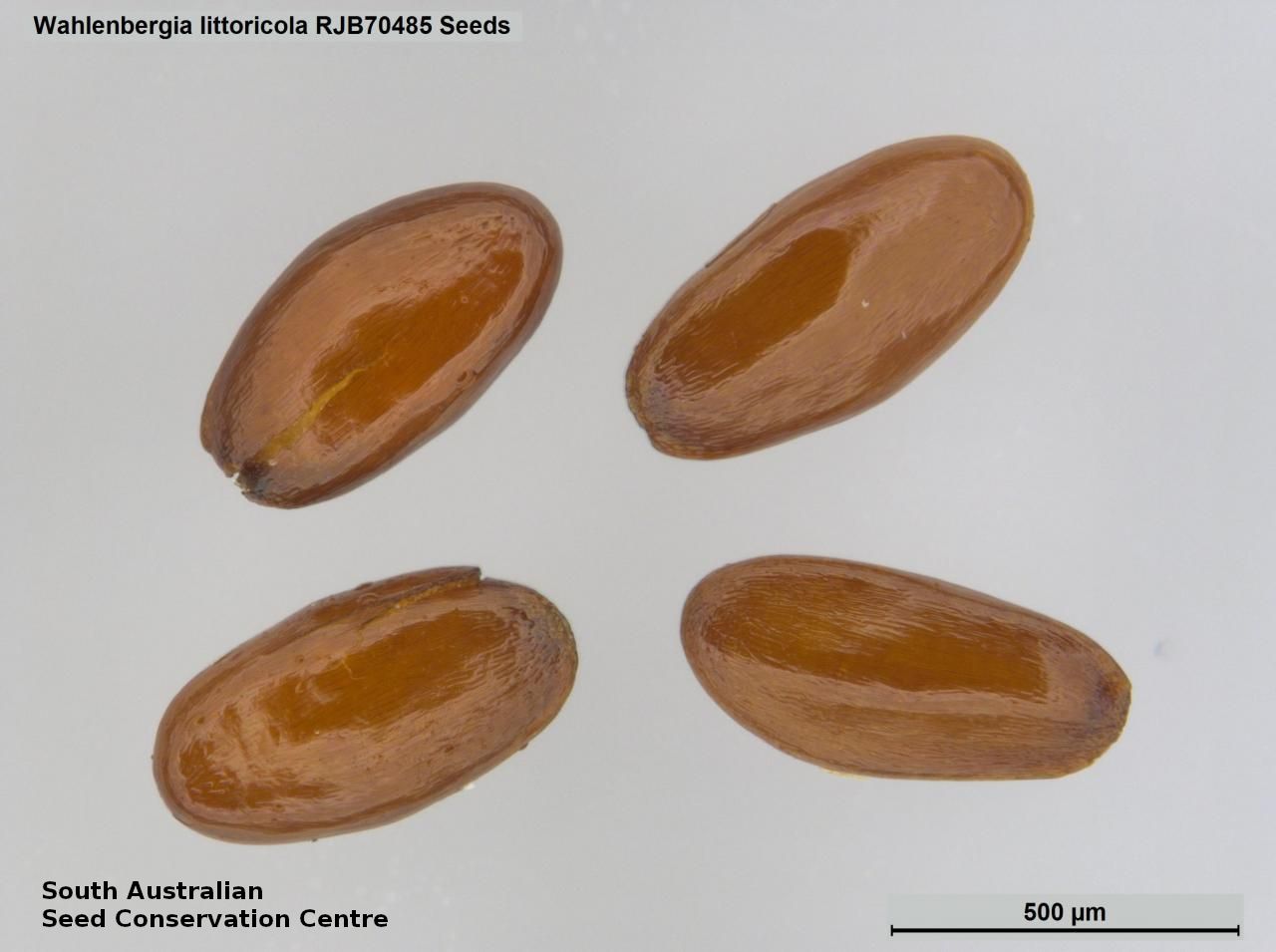

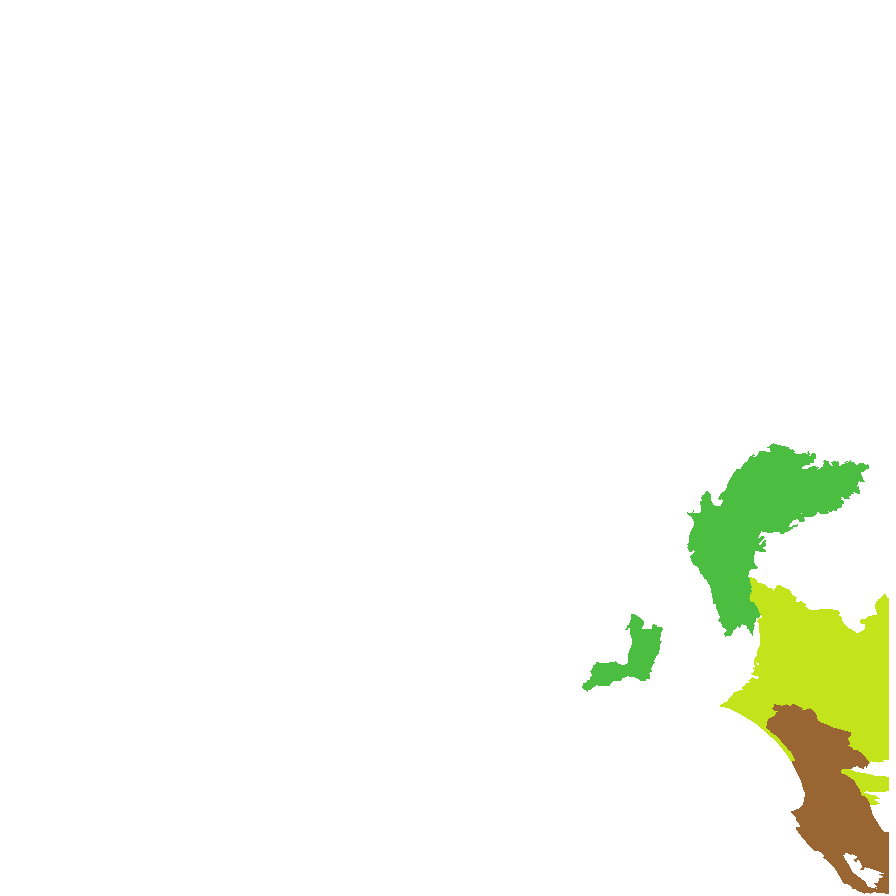
Botanical art
Prior names
Wahlenbergia litticola, orth.var.(orig.)
Common names
Edge Bluebell
Coast Bluebell
Etymology
Wahlenbergia named by H.A Schrader in honour of Georg Göran Wahlenberg (1780-1851), a Swedish professor of botany. Littoricola from Latin 'littoris' meaning shore and 'cola' meaning dwelling; alluding to the species habitat near the coast.
Distribution and status
Found in the southern part of South Australia except on Kangaroo Island, growing in open forests, grasslands and heath. Also found in Western Australia, Queensland, New South Wales and Tasmania. Native. Common in South Australia. Uncommon in Western Australia and Queensland. Common in the other states.
Herbarium regions: Eyre Peninsula, Northern Lofty, Murray, Yorke Peninsula, Southern Lofty, South Eastern, Green Adelaide
AVH map: SA distribution map (external link)
Plant description
Perennial herb to 80cm tall. Leaves alternating up the stems or sometimes the lowermost leaves opposite each other, to 6 cm long and 4mm wide, linear or the lowermost leaves flat, lower leaves hairy, upper leaves hairless, margins flat or wavy, entire or toothed. Flowers terminal, blue, funnel-shaped with 5 overlaying lobes. Flowers most of the year. Fruits are brown capsule. Seeds are tiny orange-brown elliptic seed to 0.6 mm long and 0.3 mm wide. Seed embryo type is spatulate under-developed.
Seed collection and propagation
Collect seeds between January and December. Collect capsules that are maturing, drying and turning brown with brown seeds inside. Place the capsules in a tray and leave to dry for a week. Then rub the capsules gently with your hands to dislodge the seeds. Use a sieve to separate the unwanted material. Be careful as the seeds are very small. Store the seeds with a desiccant such as dried silica beads or dry rice, in an air tight container in a cool and dry place. From one collection, the seed viability was high, at 100%.
| Location | No. of seeds (weight grams) | Number of plants | Date collected | Collection number Collection location | Date stored | % Viability | Storage temperature |
|---|---|---|---|---|---|---|---|
| BGA MSB | 11,050 (0.31 g) 11,050 (0.31 g) | 50 | 1-Dec-2006 | RJB70485 Southern Lofty | 1-Aug-2007 | 100% | -18°C |
Number of plants: This is the number of plants from which the seeds were collected.
Collection location: The Herbarium of South Australia's region name.
% Viability: Percentage of filled healthy seeds determined by a cut test or x-ray.